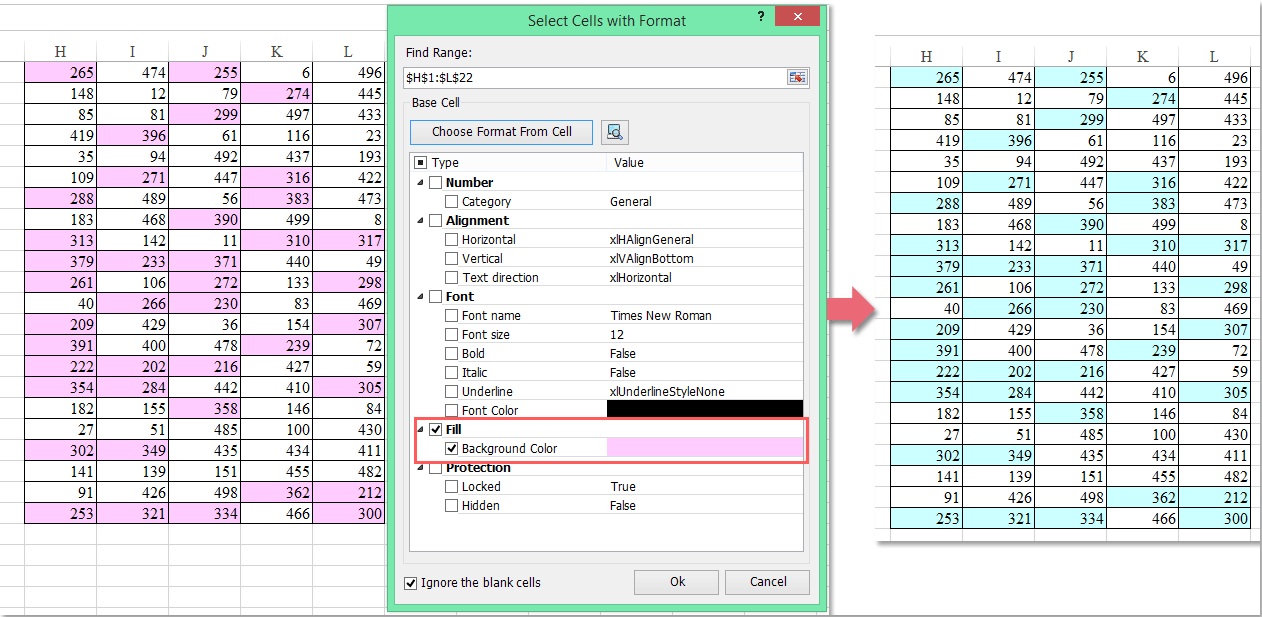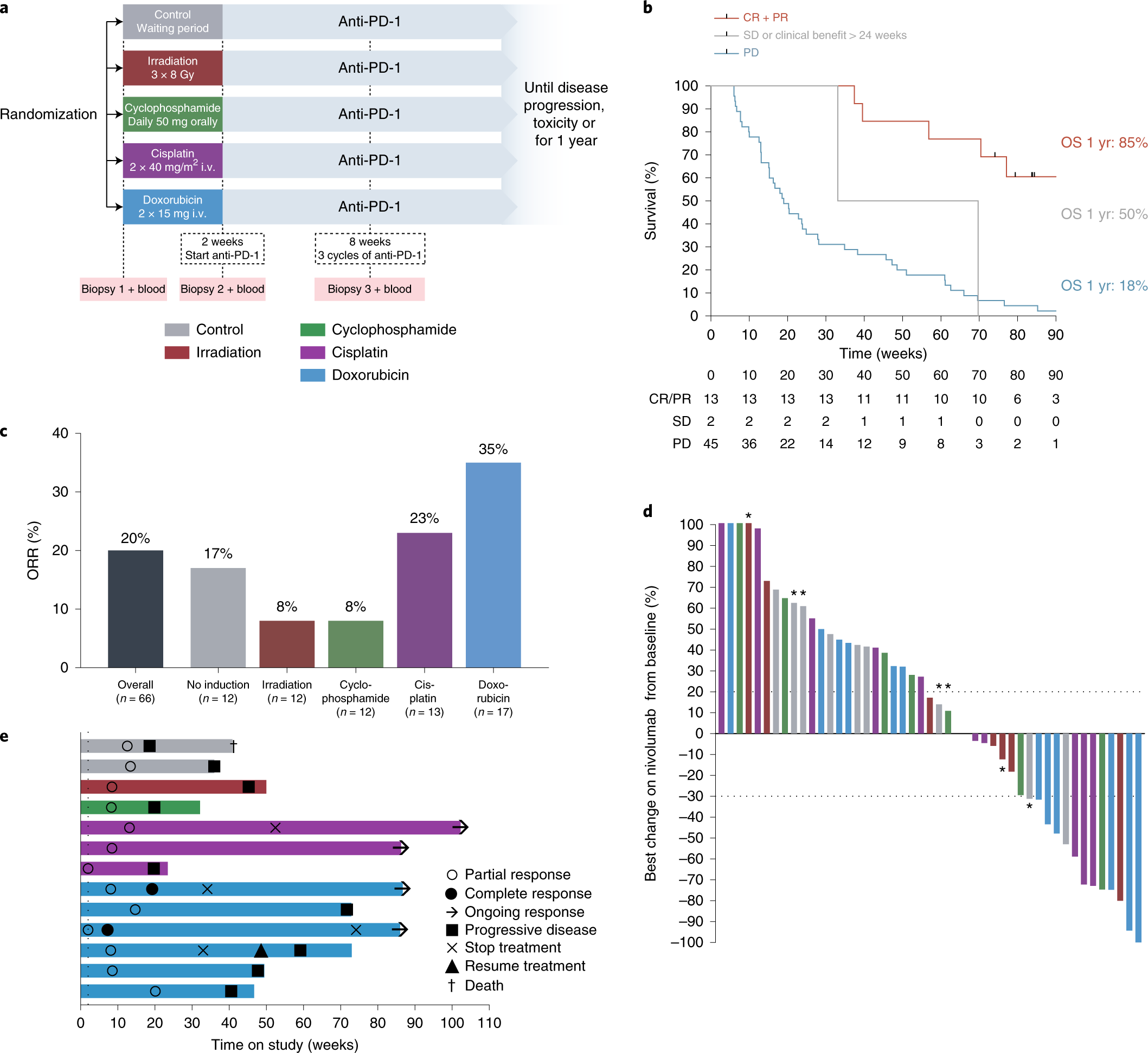
( Karl Lashley's research on the function of the brain in relation to behavior developed two main principles as a result of his research. Causative factors in secondary hypersomnia include: neurologic, -e.g., brain tumors, head injuries, and cerebrovascular insufficiency- general medical, such as metabolic disorders, various intoxications, and conditions leading to brain hypoxia and psychiatric, most notably depression.) Although the exact causes of narcolepsy and idiopathic hypersomnia are unknown, there is evidence for genetic predisposition. Typically, nocturnal sleep is disrupted in narcolepsy, is prolonged in idiopathic hypersomnia and variable in secondary hypersomnia. Like Narcolepsy, individuals with hypersomnia experience daytime sleepiness and sleep attacks, however the attacks last longer and are more resistible than in narcolepsy and there are no auxiliary symptoms. Hypersomnia may be either idiopathic, secondary, or periodic. Other distinguishing features of the condition is cataplexy, a sudden loss of partial or complete muscle tone during excitement or arousal, sleep paralysis, and hypnagogic hallucinations. ( Narcolepsy is a condition in which people are overcome with irresistible sleepiness and sleep attacks of brief duration that occur unpredictably.



That would involve randomly selecting individual elementary school students from across the state.) In this case, both forms of cluster sampling would be more practical than the alternative of simple random sampling. For example, the researcher studying elementary school students could randomly select a school district, then randomly select a school from the chosen school district, and then randomly select a classroom from the chosen school. A variation of cluster sampling, known as multistage cluster sampling, involves selecting a large cluster -group- and then selecting selectively smaller clusters. For instance, if a researcher wants to use elementary school students in an educational study, he or she could randomly choose a school from the schools in his state, and use all the students in that school as participants in the study. (In cluster sampling, naturally occurring groups of subjects, rather than individual subjects, are randomly selected for participation in research. Contrary to Choice D, a low selection ratio -many applicants for few job openings- is better than a high selection ratio.) We can eliminate Choices A and B because a moderate base rate maximizes the usefulness of a selection test more than a low or high base rate does. The Taylor-Russell tables can be used to determine a test's incremental validity, given specific values for the base rate, validity coefficient, and selection ratio. Incremental validity is greatest when the base rate is moderate, the validity coefficient is high, and the selection ratio is low. Three factors influence the incremental validity of a test: 1- the base rate, or the percentage of correct hiring decisions made when the test is not used 2- the test's validity coefficient and 3- the selection ratio, or the ratio of job openings to total applicants -for instance, if 100 people are applying for 5 positions, the selection ratio is 5/100, or. Incremental validity is the increase in decision-making accuracy resulting from the use of a particular predictor. (This question is referring to a test's incremental validity.


 0 kommentar(er)
0 kommentar(er)
